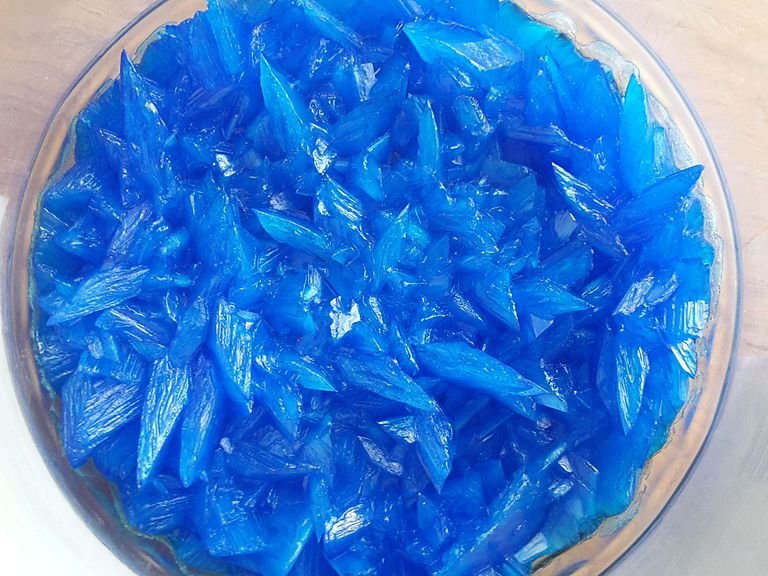Kian Petroleum Company is an international specialized petrochemical company that has important information and fact about Sodium Hypochlorite and What is copper sulfate and etc
What is copper sulfate
Copper sulfate is an inorganic compound that combines sulfur with copper. It can kill bacteria, algae, roots, plants, snails, and fungi. The toxicity of copper sulfate depends on the copper content. Copper is an essential mineral. It can be found in the environment, foods, and water. Copper sulfate has been registered for use in pesticide products in the United States since 1956
Copper(II) sulfate, also known as copper sulphate, are the inorganic compounds with the chemical formula CuSO۴(H۲O)x, where x can range from 0 to 5. The pentahydrate (x = 5) is the most common form. Older names for this compound include blue vitriol, bluestone, vitriol of copper, and Roman vitriol
What are some products that contain copper sulfate
Products containing copper sulfate can be liquids, dusts, or crystals. There are several dozen active products containing copper sulfate on the market in the United States. Some of these have been approved for use in organic agriculture
Always follow label instructions and take steps to avoid exposure. If any exposures occur, be sure to follow the First Aid instructions on the product label carefully
How does copper sulfate work
Copper in copper sulfate binds to proteins in fungi and algae. This damages the cells causing them to leak and die. In snails, copper disrupts the normal function of the skin cells and enzymes
How might I be exposed to copper sulfate
You can be exposed if you are applying copper sulfate and you get it on your skin, breathe it in, or accidentally eat or drink a product. This can also happen if you get some on your hands and eat or smoke without washing your hands first. You can limit your exposure and reduce risk by following all label instructions carefully
What happens to copper sulfate in the environment
Copper naturally occurs in the environment. Copper in soil may originate from natural sources , pesticides, or other sources. These may include mining, industry, architectural material, and motor vehicles. Copper accumulates mainly at the surface of soils , where it binds tightly and persists
Copper sulfate is highly soluble in water and it can bind to sediments. Copper is regulated by plants because it is an essential mineral. Too much copper can be toxic to plants as it inhibits photosynthesis

